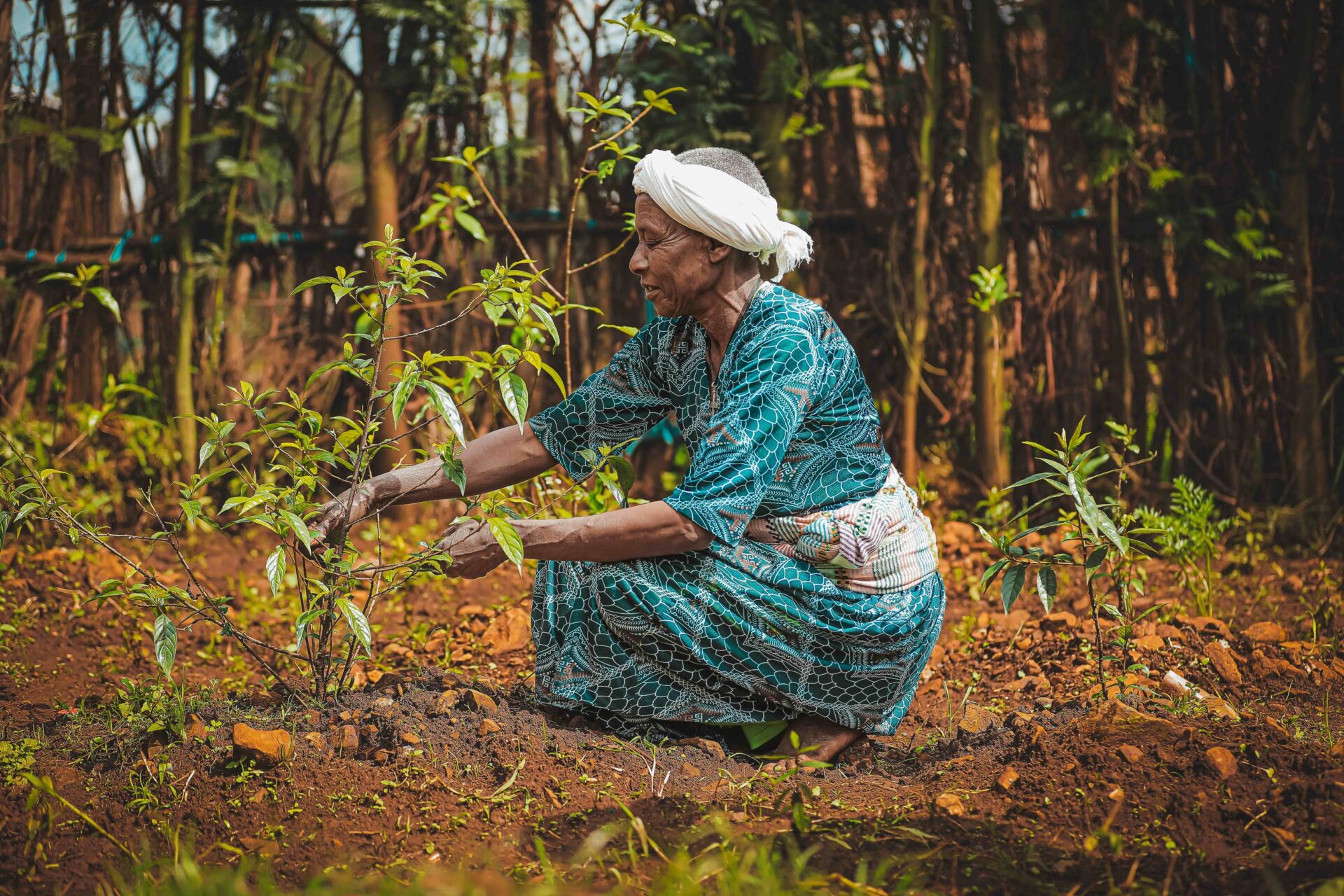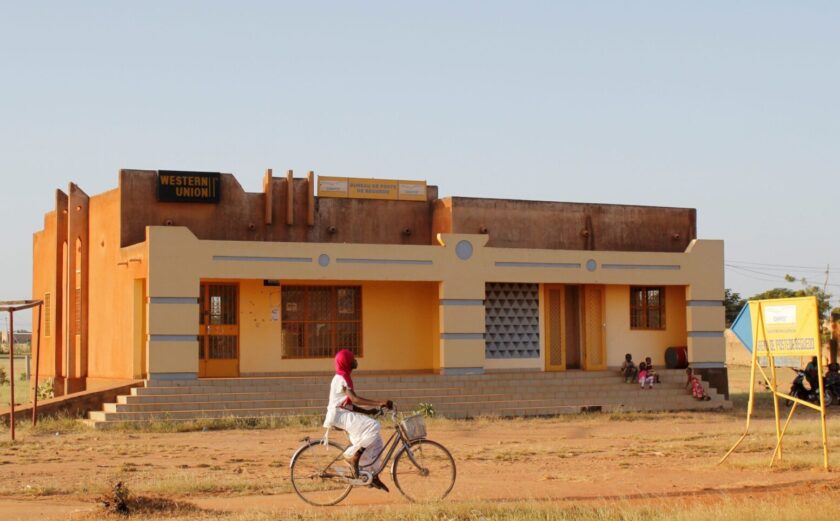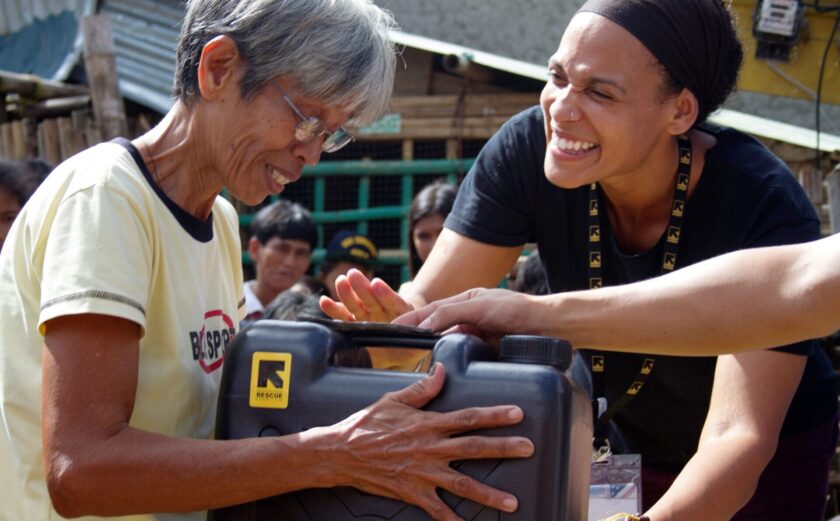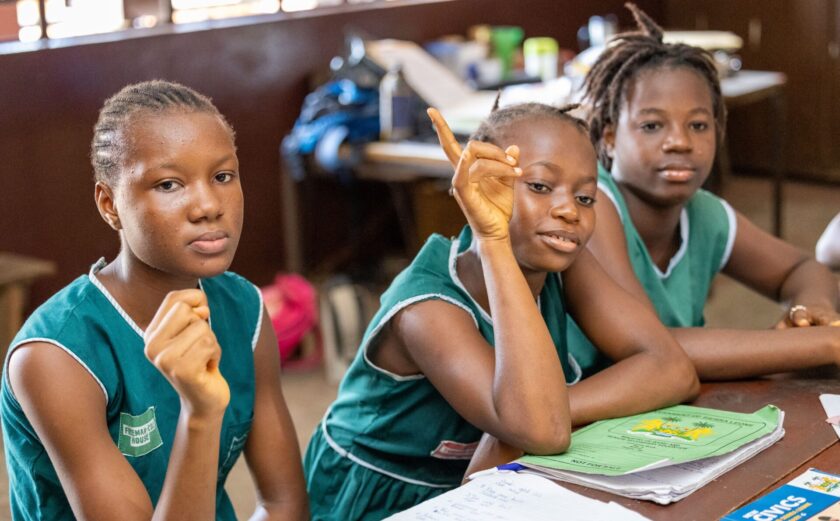
COP28, Climate-Smart Agriculture & the U.S. Global Food Security Response
The continued disruption of agrifood systems due to climate-change poses significant challenges to global food security. In 2021 alone, 30 million people were pushed toward food insecurity due to decreased crop yields and rising commodity prices. This number will continue to rise if steps are not taken to build more resilient food systems.
The complex relationship between climate change, agriculture, and food security is largely rooted in the dual role agriculture plays in this system. The agriculture sector is a major driver of climate change, with 31% of global greenhouse gas (GHG) emissions produced by the world’s agrifood system. However, agriculture also suffers these consequences, as demonstrated by the 20% global decrease in farm productivity due to climate change since 1961. Increased frequency and severity of climate shocks, such as droughts and floods, are some of the primary drivers of today’s growing global food insecurity. Without intervention, current practices will continue to contribute to global GHG emissions, increasing the severity of impacts on the agrifood system itself.
Due to these conditions, the United Arab Emirates (UAE), host of this year’s U.N. Climate Change Conference (COP28), placed the intersection of climate and agriculture as a focal point for its programming, demonstrated by the “COP28 UAE Declaration on Sustainable Agriculture, Resilient Food Systems, and Climate Action,” a landmark declaration calling for the transformation of food systems. The declaration is in-line with the of the Agriculture Innovation Mission for Climate (AIM4C), a partnership forged between the UAE and U.S. at COP26. Despite involvement in the initiative, support for this latest declaration, and investment in various food security programs, the U.S. government (USG) response to global food security has fallen behind global need, with progress rapidly declining since 2015.
To address this, InterAction’s Big Think on U.S. Global Food Security Response identified gaps in the current response and provided recommendations for improvement. The report identified the need for the USG to “make agri-food system resilience the core of its global food security and nutrition programming.” The Big Think highlights that the USG could further integrate resilience building in global food security and nutrition programming through a strong focus on climate-smart agriculture.
What Is Climate-Smart Agriculture?
Climate-smart agriculture (CSA) is “an approach that helps guide actions to transform food systems towards green and climate resilient practices.” CSA provides an opportunity to bolster the resilience of global agrifood systems to climate change impacts.
Current examples of CSA include crop improvement, the restoration of degraded farmland, and cover cropping to improve soil fertility, ultimately reducing GHG emissions. The increase in the frequency of climate-induced events, such as droughts, flooding, and extreme temperature events, present additional challenges to our current agricultural system, particularly smallholder farmers who tend to be the least equipped to adapt. These impacts lead to decreased and inconsistent crop yields, affecting the global food supply and increasing food insecurity. By utilizing CSA, agrifood systems can become more resilient to climate-shocks and less carbon-intensive.
How Does the USG Engage with Climate-Smart Agriculture?
While CSA is gaining momentum, research and innovation into it must continue to grow. Securing funding for continued research, development, and programming that supports CSA is crucial to building resilient systems.
Many USG agencies act as models for programs working to advance resilient agrifood systems.
- U.S. Agency for International Development (USAID): USAID’s 2022-2030 Climate Strategy steers the agency-wide approach to “mitigate climate emissions and build resilience to climate change.” USAID is now incorporating climate adaptation and mitigation techniques into the program design of their “Feed the Future” initiative. USAID has also supported innovation of CSA through support of the AIM4C initiative (see below), announcing a $43 million installment focused on advancing climate-smart agriculture innovations.
- U.S. Development Finance Corporation (DFC): DFC is partnering with the private sector to provide solutions for global challenges, including climate, agriculture, and food security. DFC is promoting resilient agrifood systems and support of rural smallholder farmers in low- and middle-income countries through funding various programs abroad. They met their 2021 goal of financing $1 billion toward agriculture and food security programs two years before the five-year deadline. DFC plans to invest an additional $6 billion by 2026, including in climate-smart agrifood systems.
- Agriculture and Innovation Mission for Climate (AIM4C): AIM4C, launched at COP26 by the U.S. and UAE, is a joint initiative that targets the intersection of global food insecurity and climate change. AIM4C looks to mobilize higher levels of investment, innovation, and research into CSA by promoting partnerships and cross-sectoral engagement from 2021 to 2025. As of May 2023, AIM4C has 51 Innovation Sprints (research and innovation projects), representing an investment of over $3 billion.
Climate-Smart Agriculture at COP28
Throughout the course of this year’s U.N. Climate Conference, the discussion of “transforming food systems” will likely be prevalent due to the food systems and agriculture agenda announced by the COP28 presidency. The conference has already brought about a landmark declaration and pledges representing millions of dollars of investment into food systems transformation.
As the global community is seemingly committed to promoting food security and climate-smart agriculture, eyes are on the U.S. to see if they can provide more robust support to these efforts. Some U.S. pledges at COP28 have left much to be desired. For the U.S. to be a leader in global climate action and the fight against food insecurity, changes to their current responses are necessary. The U.S. not only needs to provide more robust commitments to food systems transformation, but fully honor their commitments as we move into the future.







